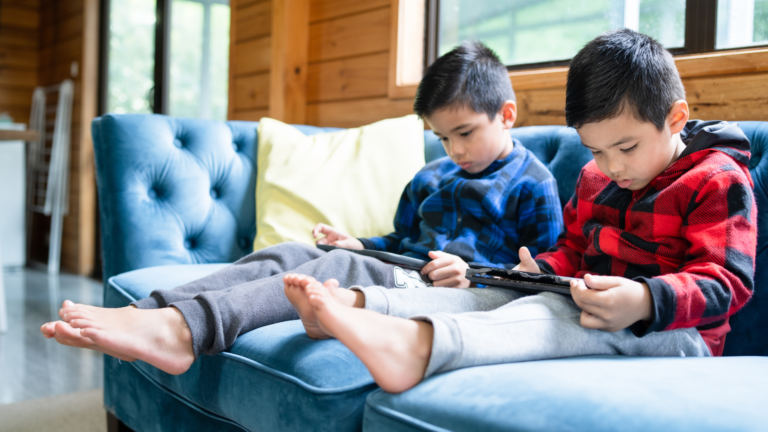
In today’s increasingly digital world, achieving a healthy screen time & movement balance is a crucial, non-negotiable component of building healthy routines for fall for robust children’s wellness. While digital devices certainly hold their place in modern education and entertainment, ensuring children receive ample physical activity is absolutely vital for both their developing bodies and their fundamental mental health + wellbeing. The ultimate goal here is to find a harmonious integration of technology and physical play, rather than advocating for a complete elimination of screens, recognizing the necessity of both in a child’s evolving world.
Actively encourage daily outdoor play and structured physical activities. This can encompass a wide range of options: perhaps riding bikes through the neighborhood, enjoying active playtime at the local park, or simply engaging in spirited games in the backyard. These activities are crucial for developing gross motor skills, promoting excellent cardiovascular health, and providing essential exposure to natural sunlight and fresh air. For inspiration on getting kids active, explore programs like NFL Play 60, which encourages 60 minutes of daily physical activity, or discover fun ways to move through platforms like Nike Playlist. A helpful guideline is to aim for an equal amount of active, screen-free play for every hour of screen time your child consumes, ensuring a reasonable equilibrium. Explore local community centers or sports leagues for organized options that fit your child’s interests.

Furthermore, establish clear and consistent boundaries for screen usage within your household. Tools like Bark can assist parents in monitoring and managing screen time effectively, promoting digital well-being. Simple yet effective rules like “no screens during meals” or “all screens off at least an hour before bedtime” can make a significant difference in fostering healthier habits around technology. Utilize parental controls available on devices and explore educational apps that genuinely encourage active interaction, creativity, and problem-solving, rather than passive consumption. Consider resources from organizations like Mindful Littles which help integrate mindfulness into children’s digital and physical lives. By diligently managing screen time and actively prioritizing physical movement, you empower children to cultivate sustainable habits that profoundly support their holistic well-being. This proactive approach sets them up for a successful, vibrant, and well-balanced fall season, helping them thrive both academically and personally by ensuring their bodies and minds are engaged in varied and beneficial ways.
Here are some actionable ideas for the coming weeks:
- Set clear boundaries for screen time to protect sleep and encourage other activities.
- Prioritize outdoor play daily; it’s essential for physical development and fresh air.
- Aim for a balance: for every hour of screen time, match it with an hour of active play.
In conclusion, guiding children towards a healthy balance between screen time and physical movement is an invaluable gift for their overall development. By setting mindful boundaries and championing active play, you cultivate healthy routines for fall that support their physical health, mental clarity, and emotional resilience for the exciting season ahead.
Discover what well really means—locally and globally. Subscribe to the WellNXT newsletter for vetted wellness finds, expert tips, and tools that work. No fluff. Just what you need, when you need it. Stay in the know. Stay well.



